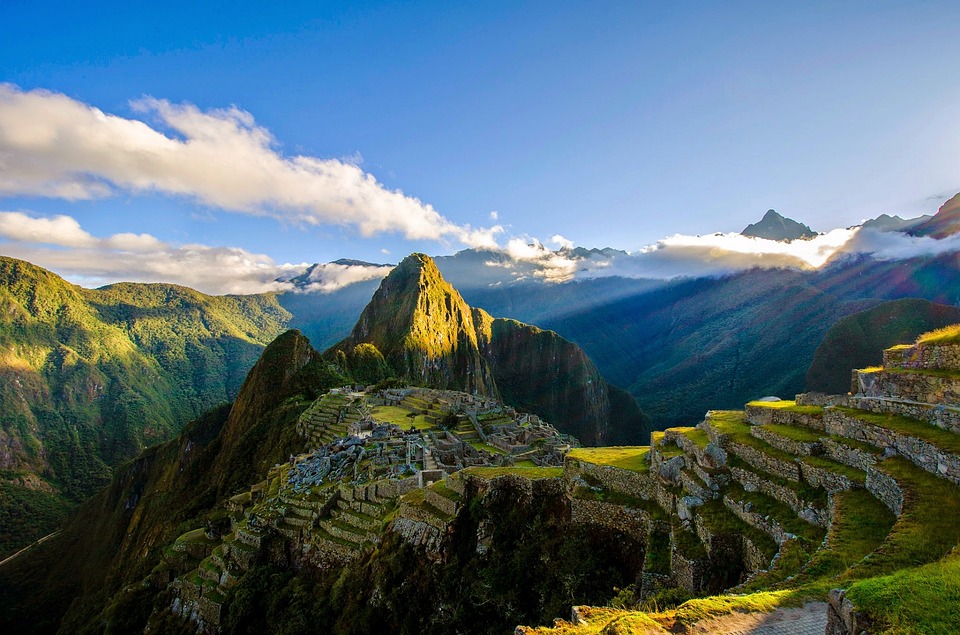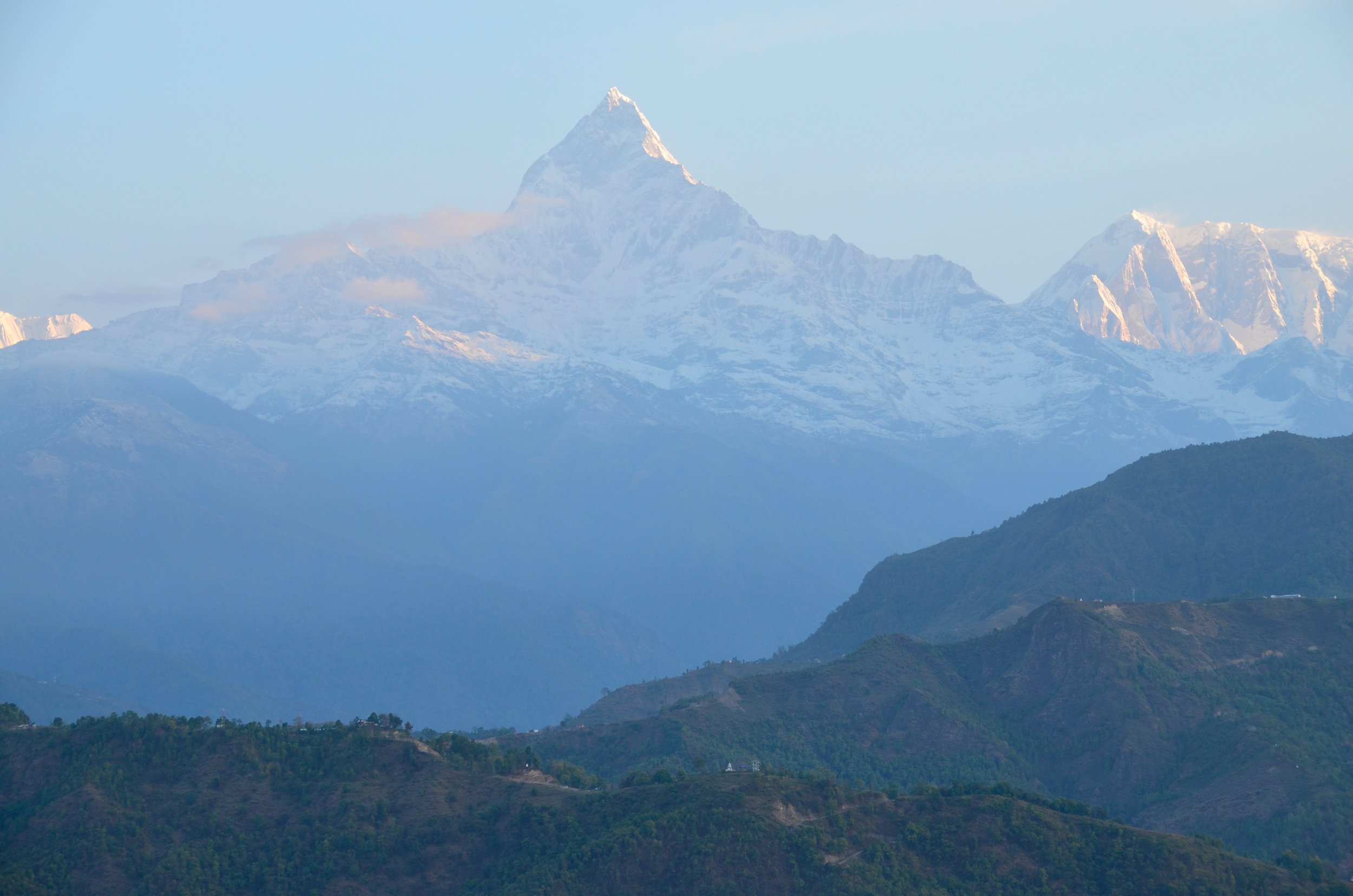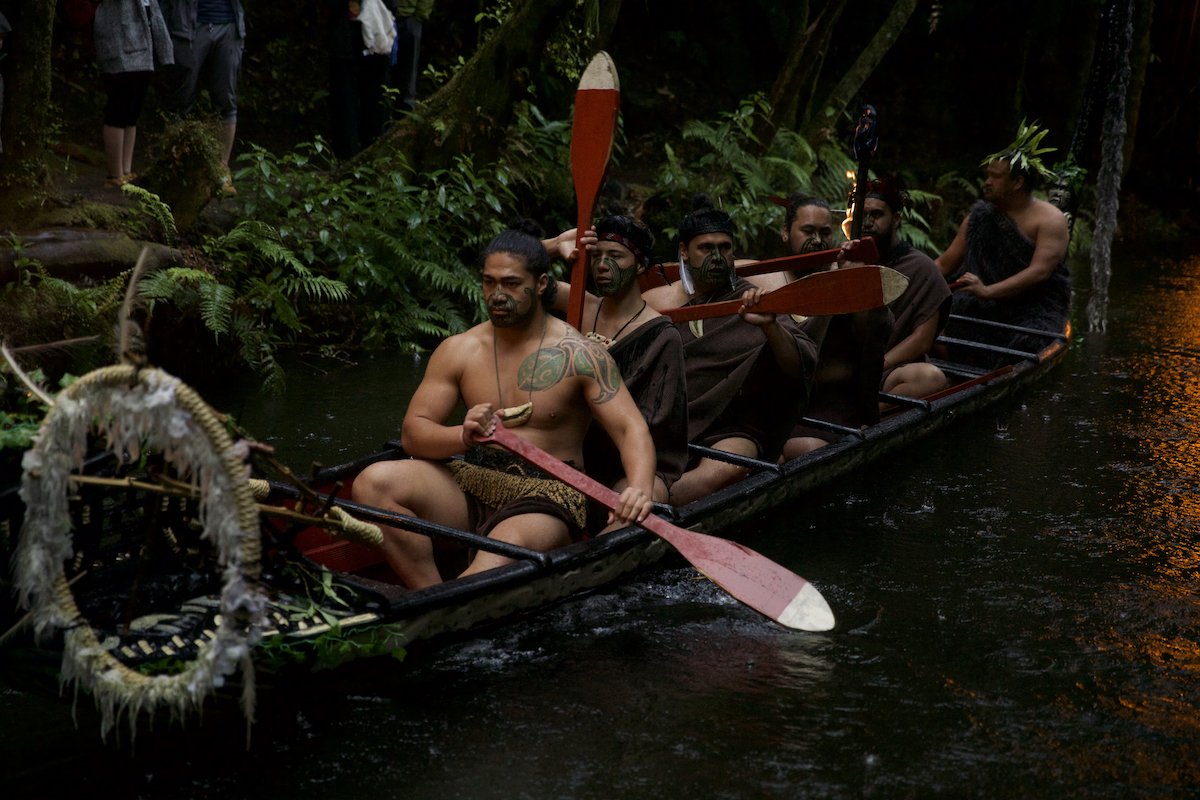From black sand beaches, geothermal hot pools, and glaciers, Iceland is a bucket-list destination for many. And who doesn’t want to experience the Northern Lights, see wild puffins, or ride an Icelandic horse? In addition to these iconic Icelandic experiences, this country is filled with heart-warming people, unique culture, and incredible cuisine.
Here are our top 10 tips for Iceland you need to know before going:
Sunset in Iceland by Ashley Blake
Learn a few basic phrases
It comes as no surprise that learning a few of the essential phrases and words in the local language is important and very helpful in order to communicate better with locals and not feel as lost. Icelandic is in the Nordic language branch of Germanic languages and although it has commonalities with Danish, English, and Dutch, the alphabet and pronunciation are quite different. Here are a few phrases to know:
Hæ is “hello”, and it is pronounced hi
Góðan daginn is “good day” and it is pronounced go-thah-n die-in
Já is “yes” and it is pronounced y-ow
Nei is “no” and it is pronounced ney
Klósett? is “toilet?” and it is pronounced k-low-seht
Hjálp ég er villtur is “help, I am lost, and it is pronounced
Takk fyri is “thank you” and it is like “talk fer”
Ashley in Iceland by Jim Hill
2. Pack layers - and in twos
Iceland’s maritime climate is notorious for bringing clouds and rain for a good portion of the year. However, the weather can change very quickly from sunny skies to rainstorms, so it’s important not just to pack layers but to pack in twos. Gloves, hats, jackets, and boots are a must but you may need two kinds of each. When packing, don’t just think in layers but also consider protection from wind and rain versus dry and cold. A rain jacket is great for when it’s, well, raining, but when it’s crisp and clear you’ll want to grab your warm puffy jacket instead. A baseball cap is just what you need when it’s pouring, but for those clear chilly nights, a cute beanie is a way to go. And don’t forget those hiking boots for wet and rugged terrain as well as comfy, lighter boots for exploring small villages or a visit to a farm.
3. Cards are widely accepted
Reykjavik Streets by Ashley Blake
As beautiful and wonderful as Iceland is, it is equally as expensive. The local currency is the Icelandic Krona, and it is one of the strongest currencies in the world. This means that if you are coming from anywhere other than a Nordic country, the prices will seem steep. Many foreigners wonder what to do in regards to cashing out Icelandic currency, and we’ve got good news. Nearly everything in Iceland is payable by debit or credit card using chip or wireless technology. Easy peasy! Just be sure to notify your bank in case a travel notification is required.
4. Beds are made differently
In Iceland, you won’t find the typical top sheet that you have in America. Nordic-style bedding is just a bottom sheet and then usually a really cozy down comforter (duvet). The best Icelandic downs are thicker covers stuffed with Eider duck feathers, also known as eiderdowns.
Although they are one of the warmest natural fibers in the world, they are also one of the most expensive ones, due to the complicated and time-consuming harvesting process. Eider feathers are the perfect way to protect from the arctic weather, making it a very attractive product to combat freezing cold conditions. Nevertheless, beware that an average double eiderdown duvet could cost over $8,000!
Iceland’s countryside by Ashley Blake
5. Let the weather be your guide
Nature is king in Iceland, because no matter how prepared you are, nature may change your plans. Your hiking day may get rained out, or your museum day could be the sunniest day of your trip. Be willing to be flexible and patient with the weather, knowing that it shifts quickly. It’s good to be both mentally prepared and to have the right gear handy at all times!
Atlantic Pufflings
6. Get your Iceland trivia down
Maybe baby puffins – pufflings – are an obvious one, but did you know that baby foxes are called kits? Or that geese flying in a V pattern in a skein? Icelanders love their tidbits of knowledge, especially about the landscapes and environment that surrounds them. Do a bit of research beforehand and you’ll really impress the locals, and be extra prepared with these pieces of knowledge!
7. Take the cod liver oil
Consuming cod liver oil, also referred to as “drops of gold,” as a food supplement, is a still strong tradition in Icelandic culture due to its health benefits. Health experts say it helps fight vitamin D deficiency, from the lack of sunlight, as well as reducing cholesterol levels and alleviating arthritis symptoms from the oil’s Omega-3 fatty acids. Do not be shocked if you are offered to take a spoonful of cod liver oil with your breakfast!
Local Goodies by Ashley Blake
8. Check out the grocery stores
It’s no secret that eating out in Iceland is expensive. A locally roasted coffee is $6-7, a tasty lunch of fish stew with some rye bread is likely to cost $15-25 and a nice sit-down dinner with Icelandic lamb and roasted seasonal veggies is easily $75 or more (and that’s before the wine!). So while meals are likely worked into your vacation spending, a great way to be smart with your budget and get a dose of cultural immersion is to take a trip to the grocery store! Here you can find what fuels the country, from household staples to favorite snacks (dried cod, anyone?). A few you should definitely try while in Iceland are dried lamb sausages, Icelandic cheeses, cherry tomatoes (from Freidharmer, a year-round greenhouse that supplies most of the country!), Nordic style rye crisps, Icelandic potato chips with sea salt, sparkling water, or Icelandic sodas, and candies like licorice or chocolate with licorice!
Best Pho in Reykjavik by Ashley Blake
9. Eat pho in Reykjavik
Iceland’s refugee policy began in 1956, where groups and families from a diverse range of countries arrived in the nation. Slowly over time, more and more foreigners have migrated to Iceland seeking a better quality of life and increased opportunities, while still showcasing and honoring their own cultures. Many Asian immigrants, such as Vietnamese, were drawn to Iceland because of the fishing culture that both regions have in common.
Some of the best Vietnamese pho can be found in the city of Reykjavík, or check out some other favorites include Ban Thai and Public House Gastropub, an Asian fusion using fresh Icelandic seafood and produce!
Secret Lagoon in Iceland by Kat Craats
10. Slow down
With so many bucket list attractions it’s easy to want to hop from place to place all over the country. But slow travel is truly the way to soak it in, between amazing landscapes, incredible hiking opportunities, drawn-out coffees and meals, and chats with locals. Slow travel is the mindset that defines a way of traveling more focused on deeply exploring and discovering the local way of living. This slow mindset has taken over various industries, from fashion to food, and many destinations all over the world.
And although there are some destinations more slowly traveled, it can still be done by everyone everywhere. The reasons for its increase in popularity is due to various important reasons, some include:
Minimized impact on the local environment and nature.
Build stronger and impactful connections with locals and the place you’re visiting.
Reduce stress during travel and post-travel fatigue.
No matter when you decide to plan your travels, learning about the “Land of Elves” or the “Land of Fire and Ice” culture before your trip is a great way to be ready and set to discover and explore. Iceland will leave you with plenty of stories and adventures to remember and share with others.
Want to Join us in Iceland?
Disclaimer: This article may contain affiliate links for products that we love that are made by brands that we trust. By purchasing from those links on our site, we can earn a commission - which is at no extra cost to you and helps our site running with free information like this. Win-win! Thank you for supporting our small business and sustainable tourism!































If you’re looking for the best Europe trip packing list, look no further! In this blog post, we’re sharing our comprehensive guide to packing for Europe so that you can embark on your journey fully prepared. We’re here to make sure your luggage remains light and your experiences unforgettable.